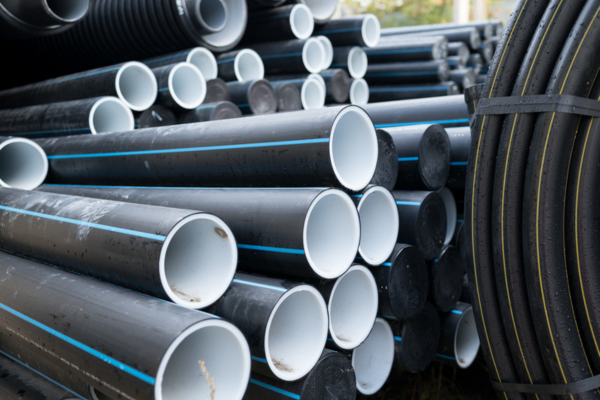When individual WaterMark components don’t equal a compliant product
Terry Nguyen discusses the issue of products being assembled from a variety of WaterMark components only for the end product to not be WaterMark approved as a whole and how this creates an unfair playing field for manufacturers of products that have achieved WaterMark approval.
WaterMark certification in Australia covers a vast range of products, extending from individual plumbing components to complete intricate assemblies or appliances made up of many components. The product standards that govern their performance have been individually prepared by industry experts to ensure that all are fit for purpose and the correct testing and assessments identify the minimum performance requirements.
Individual plumbing components undergo minimal testing in regards to performance requirements as they only need to satisfy their ability to work in the larger plumbing network. For example, brass threaded fittings are only assessed for mostly prescriptive style requirements such as the material and dimensional characteristics. If a hex nipple is made of the correct material to known and accepted dimensions, the fitting is deemed to comply. There is often no performance based testing required for such a product which has no purpose other than to connect other fittings together.
Complete products or appliances include a range of many individual components, and therefore performance based testing is appropriate based on the products’ intended application.
In recent times there have been instances where products have been appearing in plumbing applications where fittings have been assembled together to pose as a finished product. In such cases, the individual fittings or components themselves often meet their respective individual standards and determining whether or not the entire assembly meets WaterMark requirements becomes a little trickier.
A plumber may easily be duped into purchasing and unknowingly installing a product illegally which looks to be correctly WaterMark certified on face value. As the assembly sometimes consists of many components, it is easy to notice a single WaterMark logo somewhere on the assembly and naturally consider it compliant.
Two common products easily constructed from simple components include mains pressure toilet (or urinal) flush valves, as well as rainwater/mains supply changeover devices. These products appear quite simple from an initial glance which potentially makes them easy targets.
A toilet flush valve in principle could work with a few components threaded together with an electronic solenoid valve and a push button for activation. The actual design however lies with the hydraulic flow capabilities of the product to ensure that it performs as it is intended.
Flush valves are tested under laboratory conditions when combined with toilet pans or urinals to determine associated flush volumes, profiles and flow rates. This often results in a lot of combinations and trials to determine any limitations with inlet flow velocities and pressures against these nominated pans or urinals. The end result is that the product has been properly tested, and WaterMark certified as a flush valve.
Flush valves are also covered by WELS legislation thus required to be registered and labelled appropriately.
Rainwater/mains supply changeover devices also go through rigorous testing to not only show the device functions as required in all situations, but is endurance tested to simulate many years of expected automatic operations. The WaterMark certification process also addresses the nature of the assembly and whether it poses a threat to our potable water supply.
A pump with controller and assorted fittings connected together may switch between tank and mains water, but care needs to be taken to ensure that the product in its entirety is an actual WaterMark certified product to ATS 5200.477.
Installation of a product which does not have the correct certification may in fact be illegal, and not likely to be covered by insurance in the event of a failure.
The digital age has well and truly arrived which has made online purchasing and procuring easily accessible. It is easier than ever for pop-up internet stores to offer products which do not meet all WaterMark requirements. The Australian Building Codes Board (ABCB) is still undertaking a complete review of the WaterMark scheme which looks to include means of eliminating non-compliant product from the industry. Until then, the regulators seem to be relying more on plumbers to safeguard our communities from the use of sub-standard, or perhaps even dangerous products.
The complete list of products which require WaterMark certification is available on the ABCB website and is a good resource should you have any doubt on what products need to carry a WaterMark.
It also lists the relevant Australian Standard or Technical Specification required for the product or appliance. If in doubt it is always best to double check with the merchant or even obtain a second opinion from another practitioner if possible.

